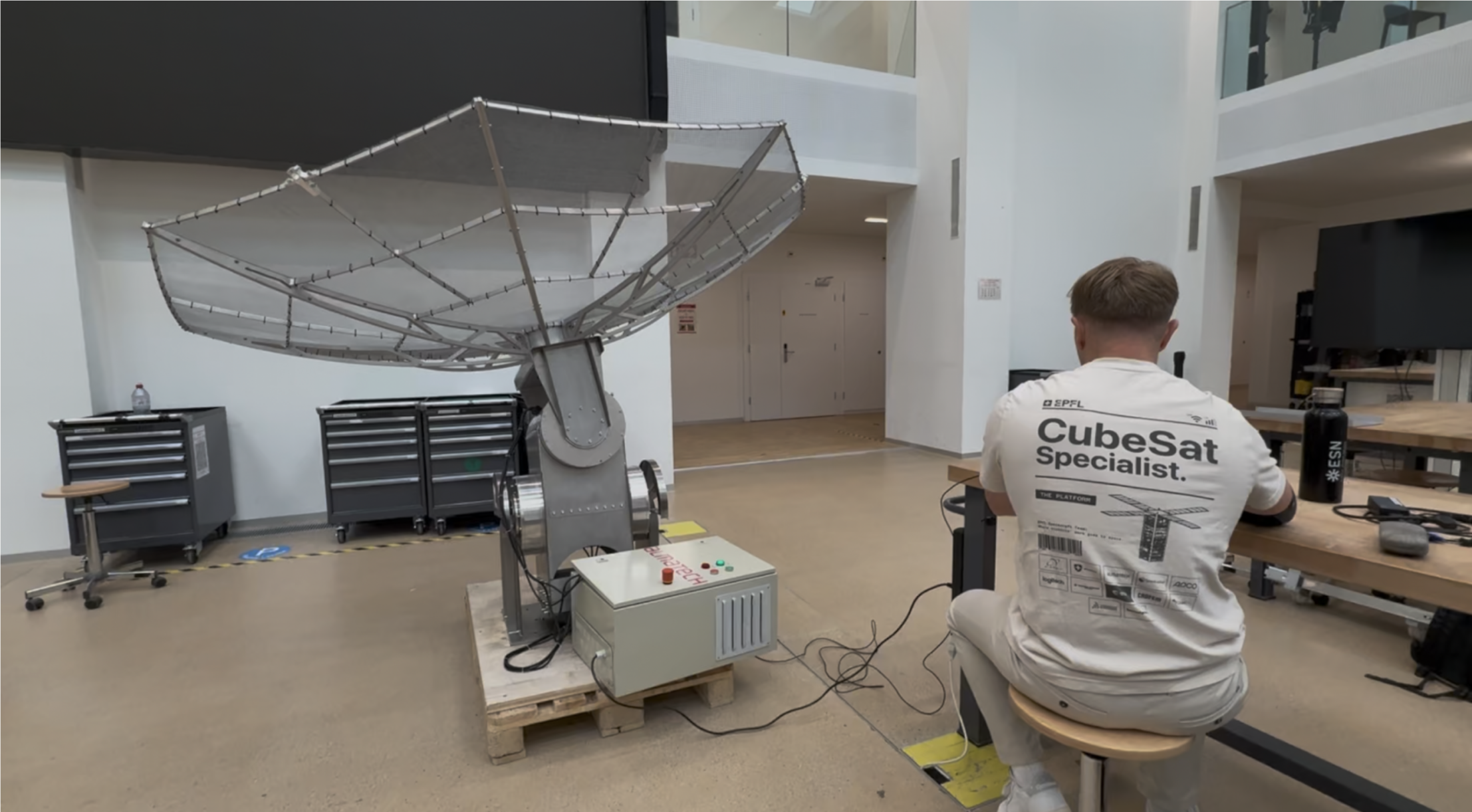Description:
The Mission Design pole of the EPFL Spacecraft Team has developed a numerical simulation called the digital twin. It simulates the satellite in its orbit to forecast the whole mission and how the satellite would react. For example, it takes into account modifications to the orbit (because of atmospheric drag), batteries’ charge/discharge cycles, switching between different satellite modes of operations…
The aim of this project is to implement an attitude simulation in the digital twin. For now, the attitude of the satellite is changed instantaneously when the satellite changes mode. Moreover, it is static and is not affected by outside perturbations. The precise simulations for the ADCS (Attitude Determination and Control System) subsystems for the mission are carried out using the
D2S2 software. However, in an effort to have a complete end-to-end simulation of our satellite - that will be used to train future operators and simulate mission scenarios - we would like to have our own dynamic ADCS simulation.
Tasks: • Understand how the digital twin works (a nice and clear documentation is available to help with this) and what changes would be required to add an ADCS simulation (adaptive timestep between the different subsystems);
• Implement a dynamic ADCS simulation in the digital twin;
• Implement actuators (magnetorquers and reaction wheels);
• Implement sensors (gyroscope, accelerometer, magnetometer, possibly sun and earth sensors);
• Test the simulation and compare the results with D2S2.
Background and skills:
• Some basic knowledge about space missions and spacecrafts;
• Python programmation skills;
• Curiosity to learn new tools;
• Appeal for satellite operations and playing with simulations.
